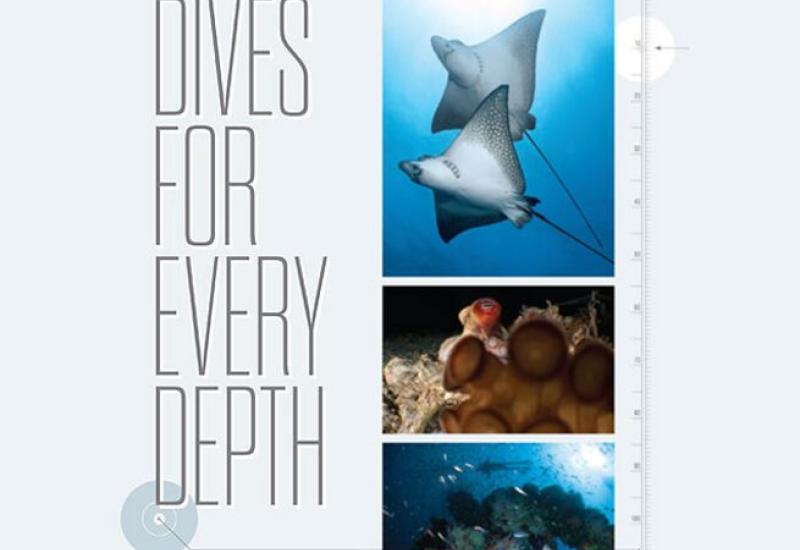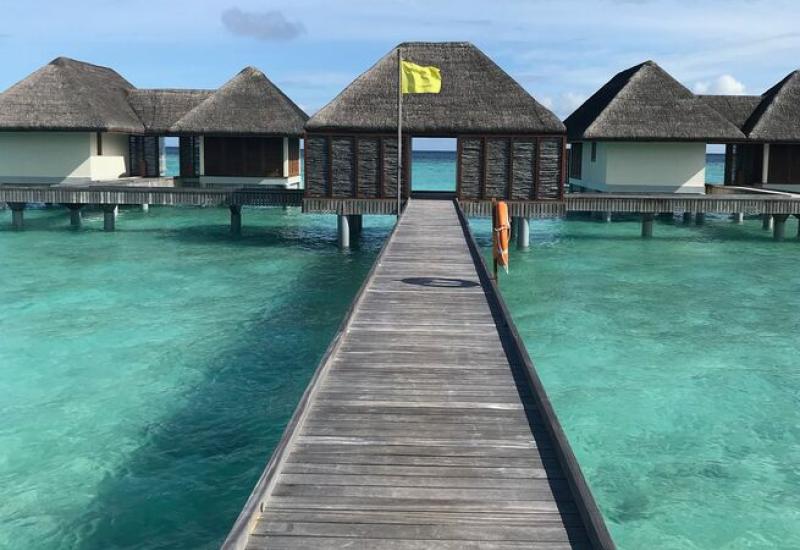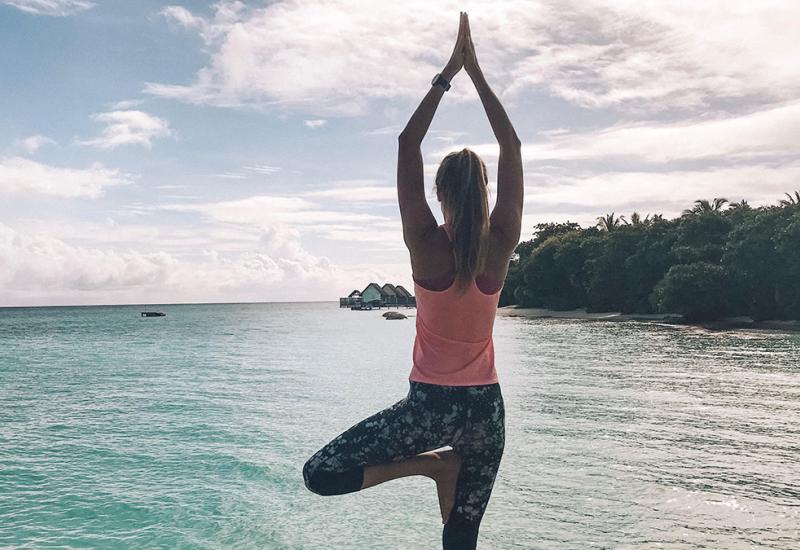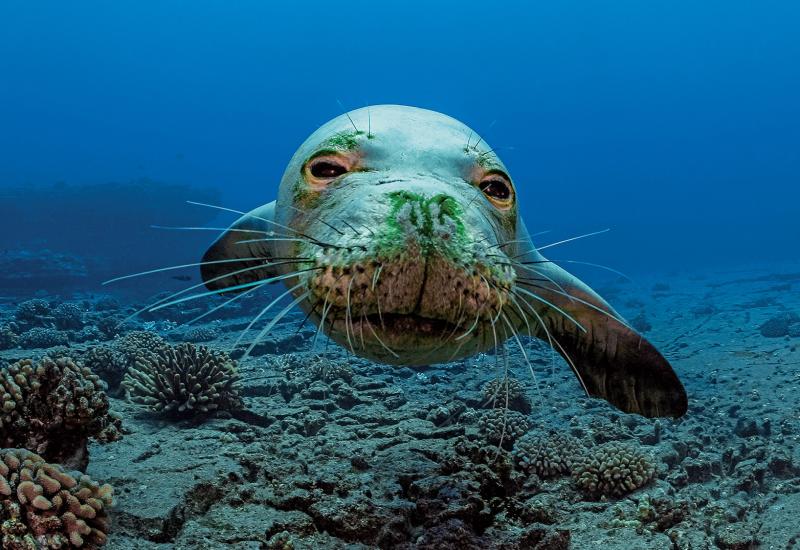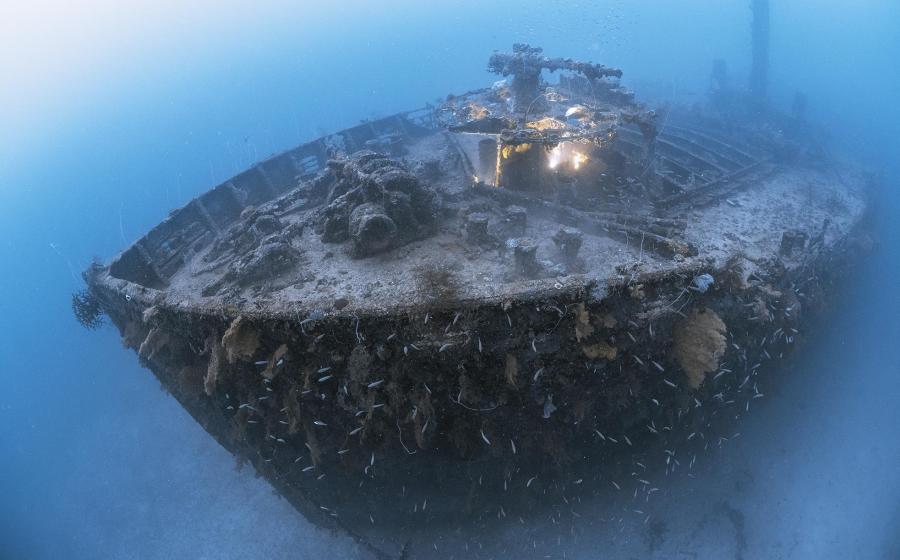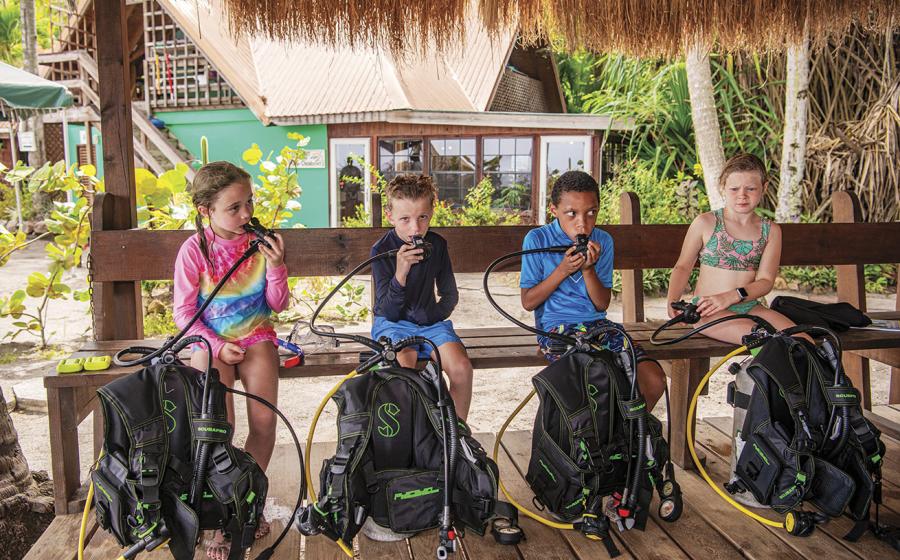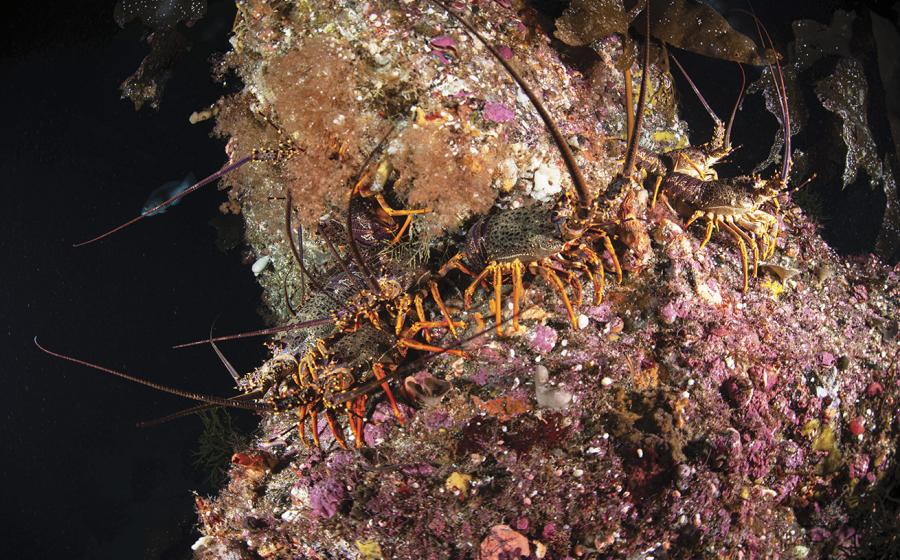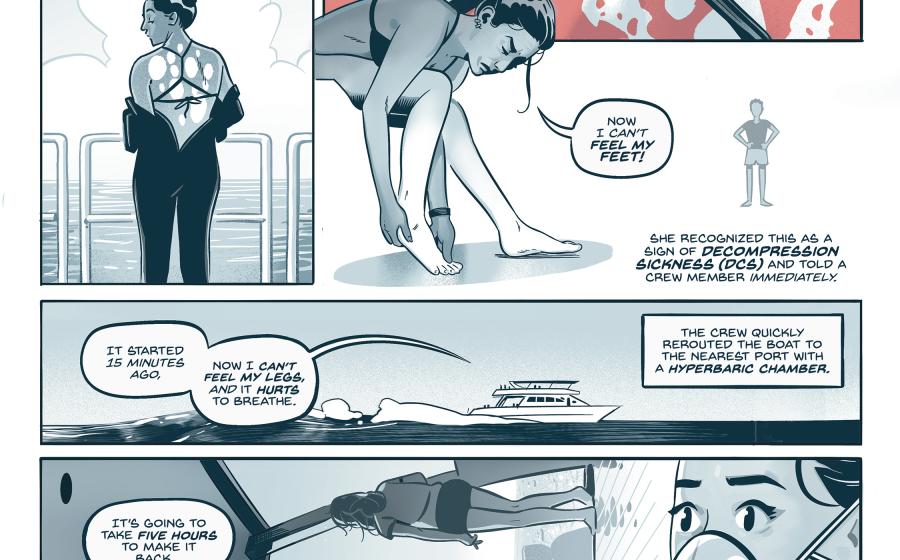Best Year-Round Scuba Diving

Alex MustardGrand Cayman's Kittiwake, sunk in January 2011.
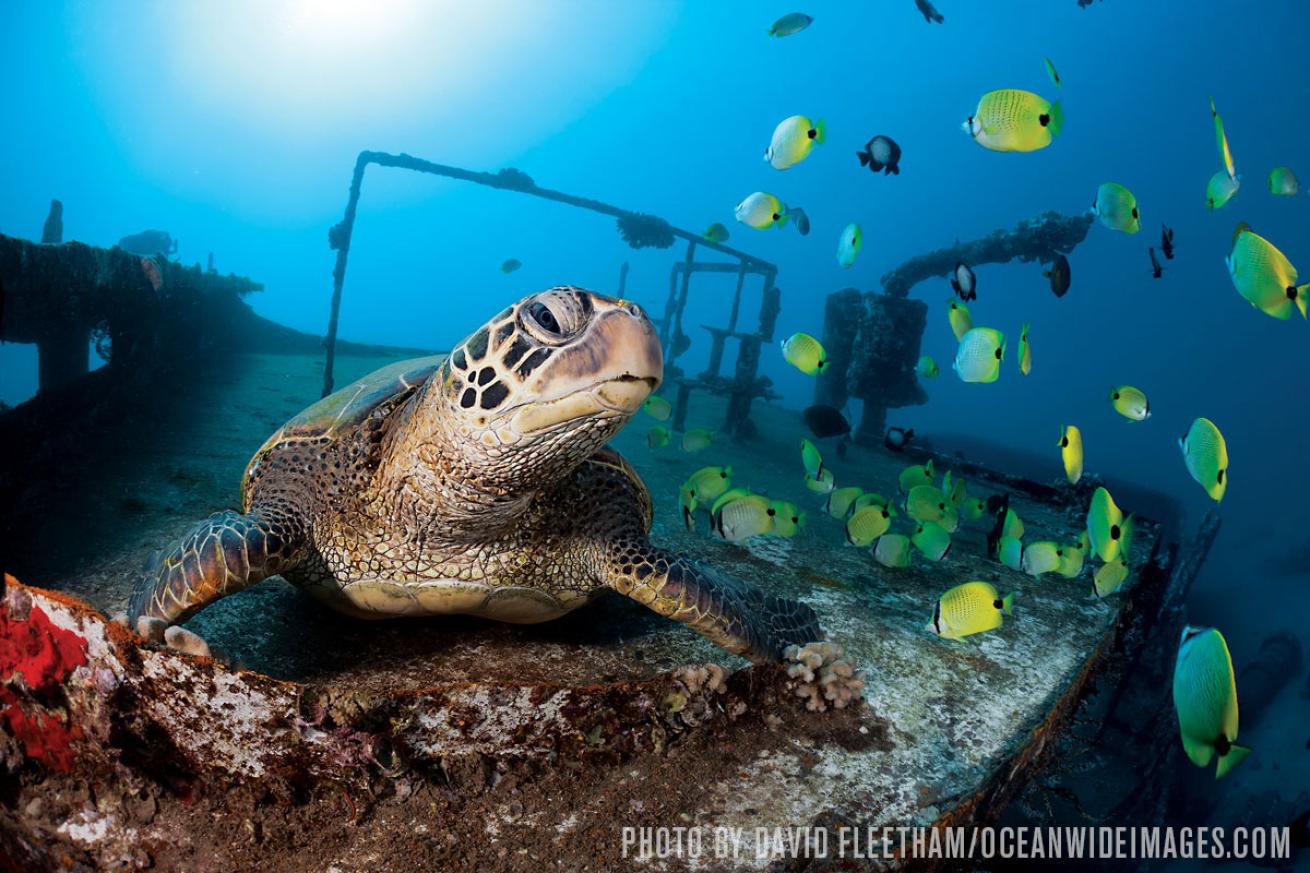
David Fleetham/Oceanwideimages.comA sea turtle on a Hawaii wreck.

Julian CohenMantas are present year-round in French Polynesia.
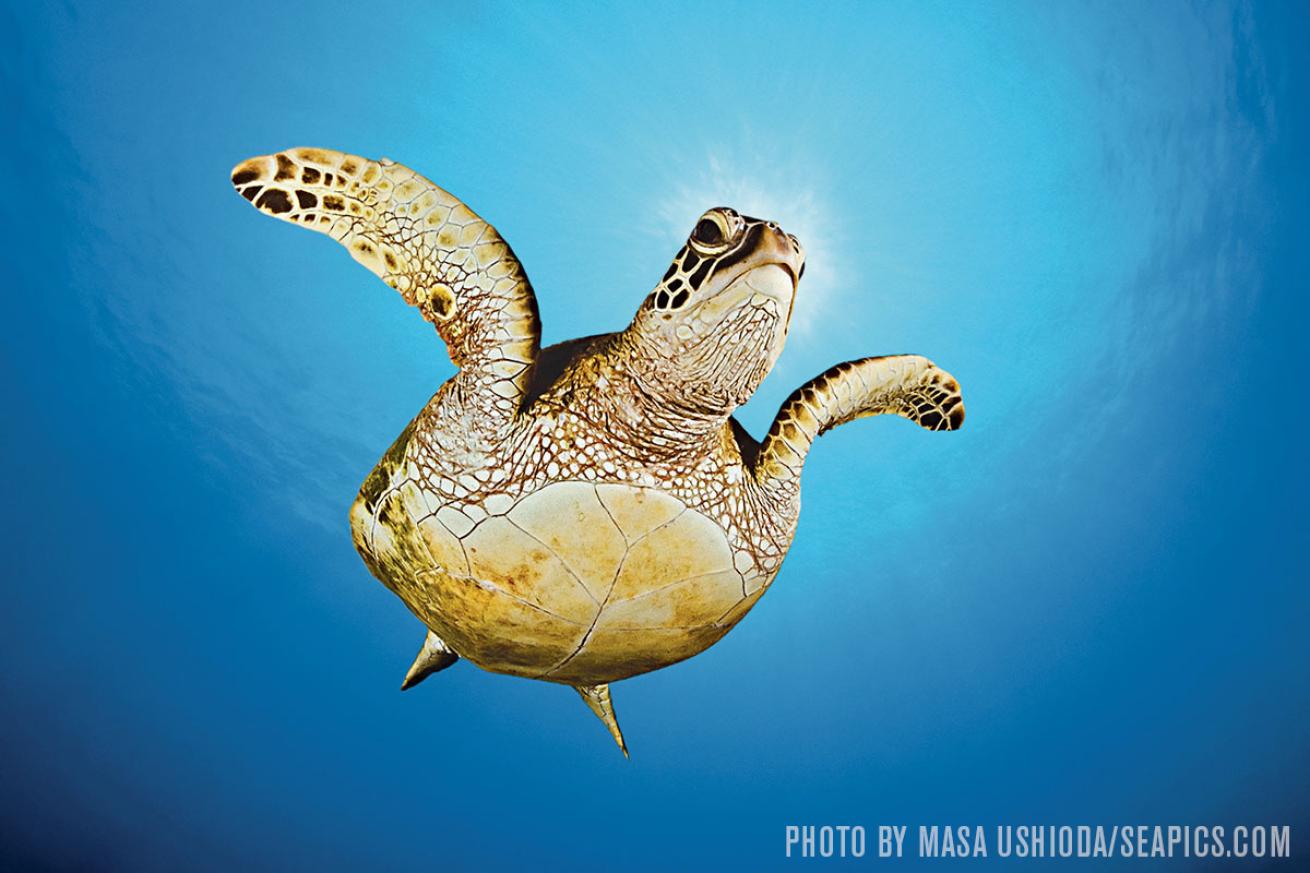
Masa Ushioda/Seapics.comA sea turtle in Hawaii
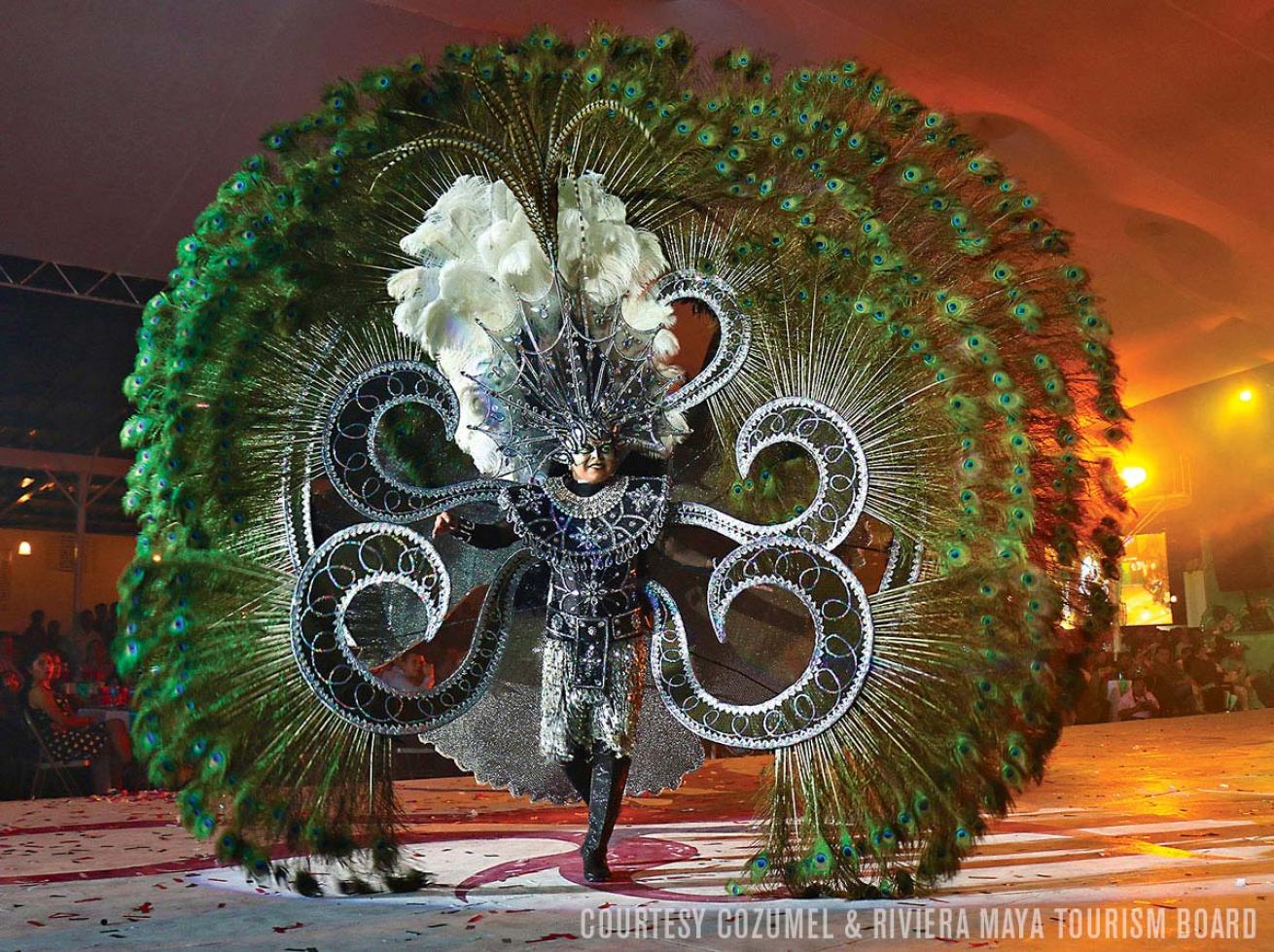
Courtesy Cozumel & Riviera Maya Tourism BoardOn Cozumel, parade-goers can expect flowers, candies and Mardi Gras beads to fly their way.
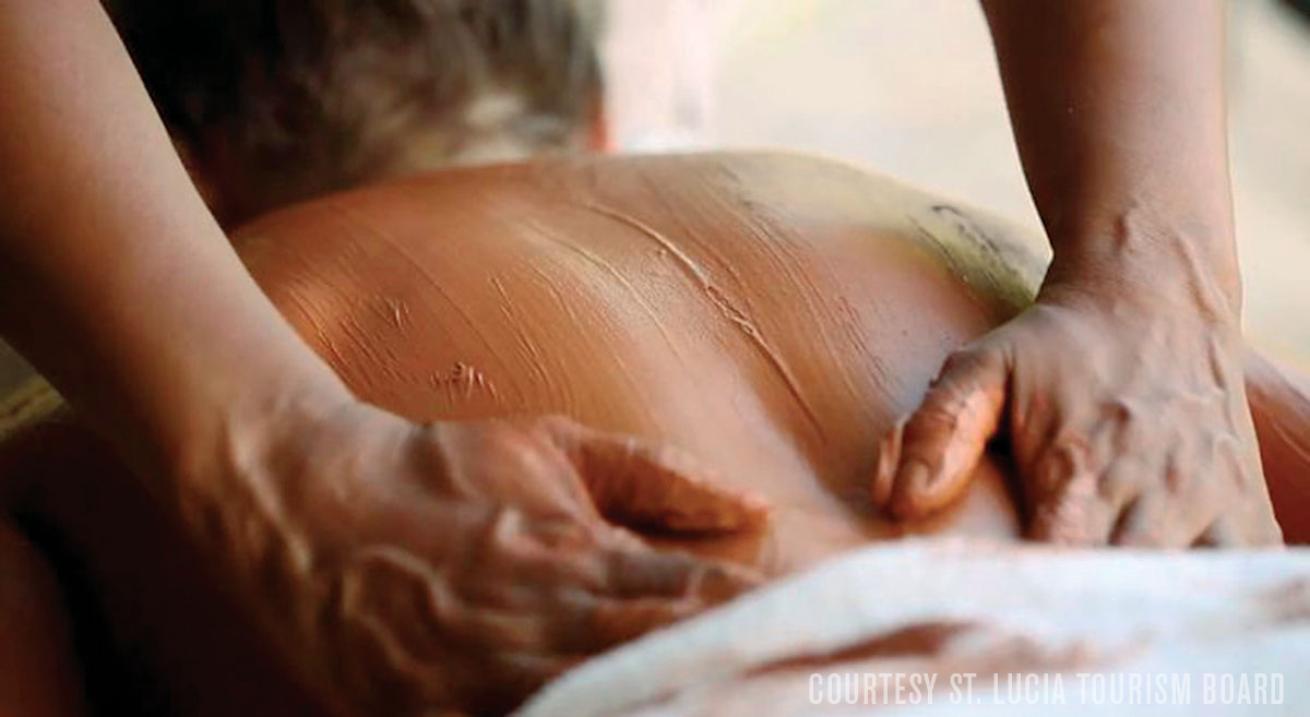
Courtesy St. Lucia Tourist BoardChocolate facials and massages are available at the spa at St. Lucia's Jade Mountain resort.

Putu Sayoga/AlamyNyepi eve is best for celebration seekers. On Nyepi (which means "to keep silent"), Bali comes to a standstill.

Shane Pinder/AlamyJunkanoo celebrations are thought to have begun during the late 18th century, when many slaves were given three days off at Christmas.
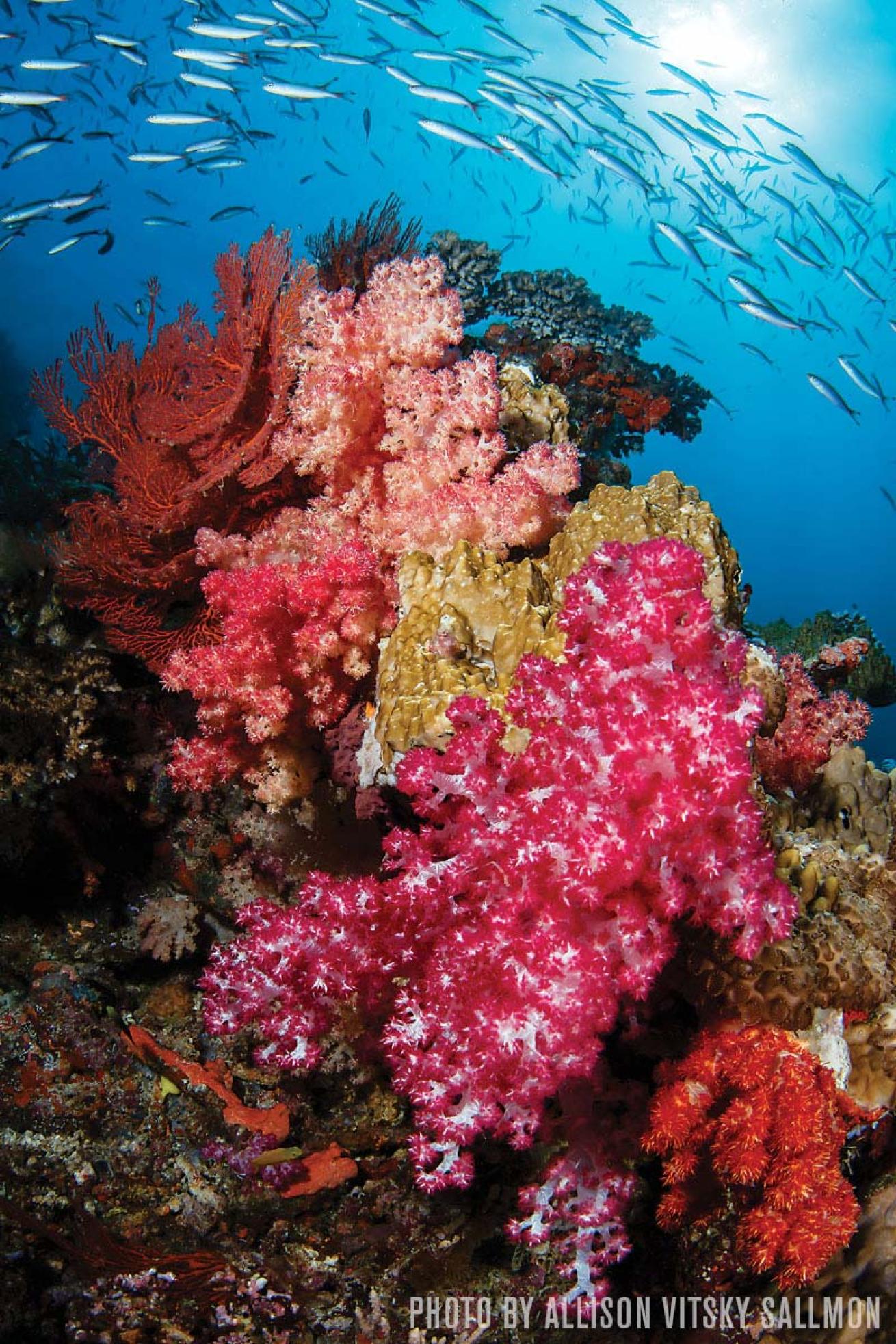
Allison Vitsky SallmonBeautiful soft corals festoon Fiji's reefs; the Diwali or Festival of Lights is a religious holiday with treats and costumes.
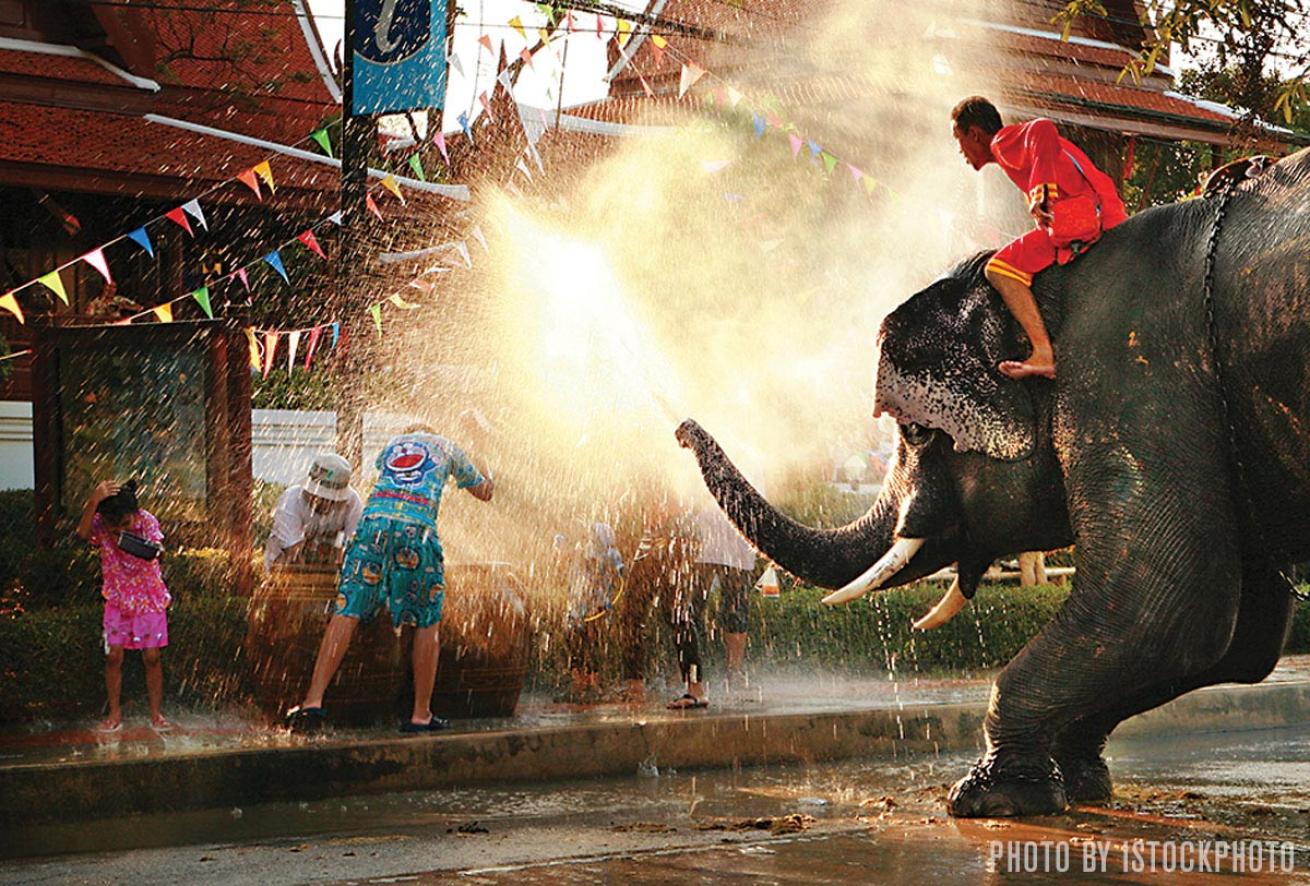
IStockPhotoYou'll love Thailand's exotic Songkran New Year's celebration.
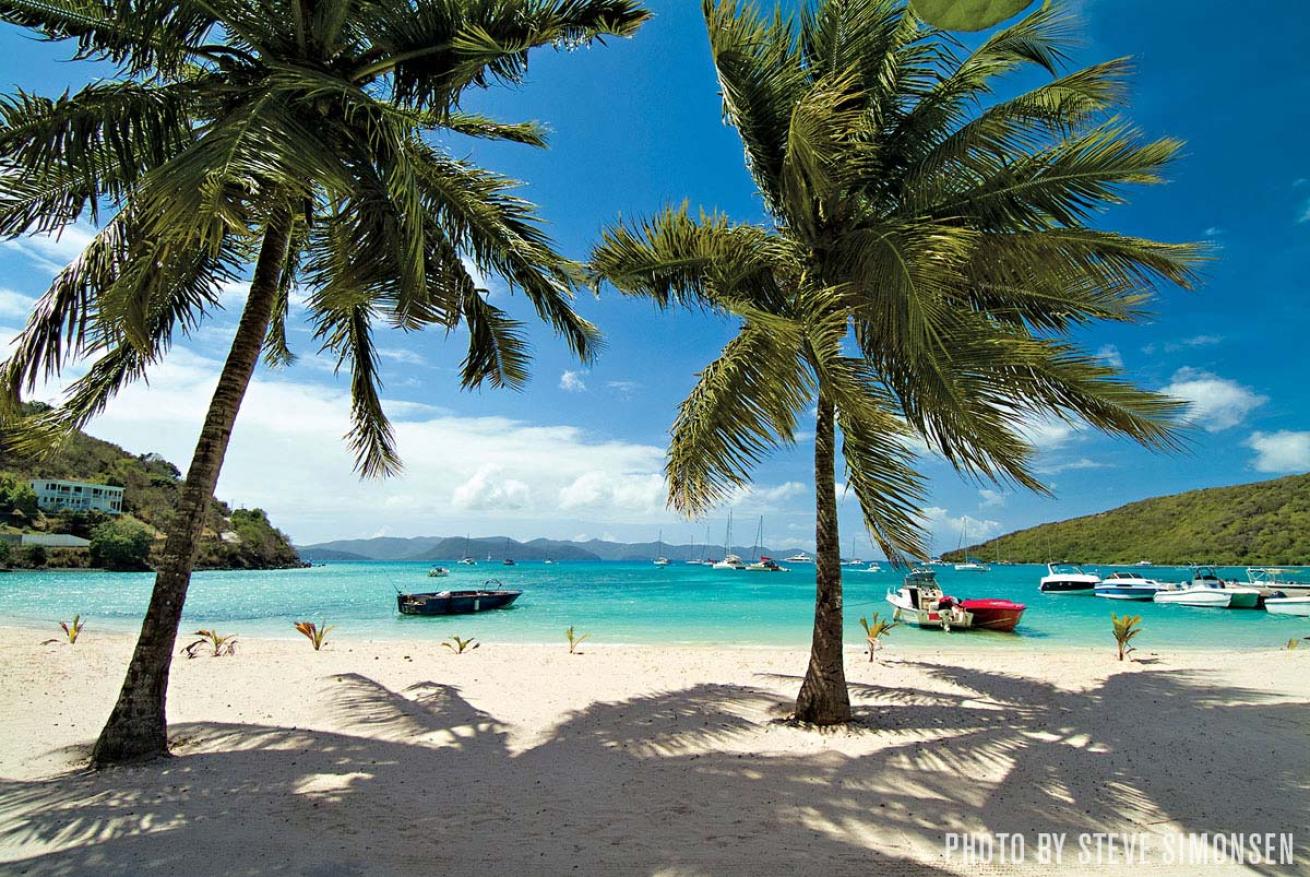
Steve SimonsenNew Year's Eve turns this serene beach on Jost Van Dyke into one of the Caribbean's premier parties.
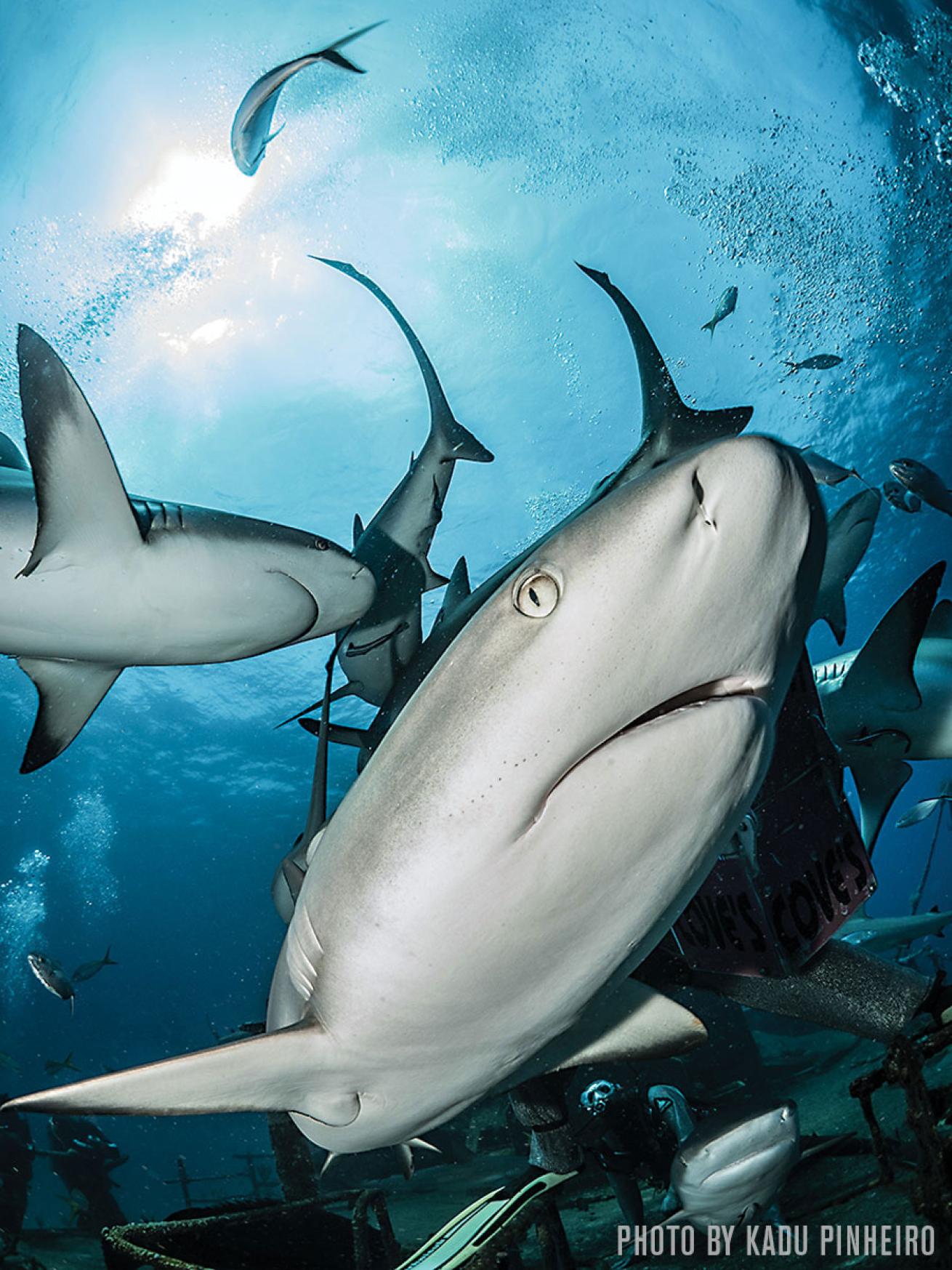
Kadu PinheiroCelebrate Junkanoo and the underwater shark fest in the Bahamas.

Brandon ColeBelize has colorful reefs and equally colorful Lobsterfests.
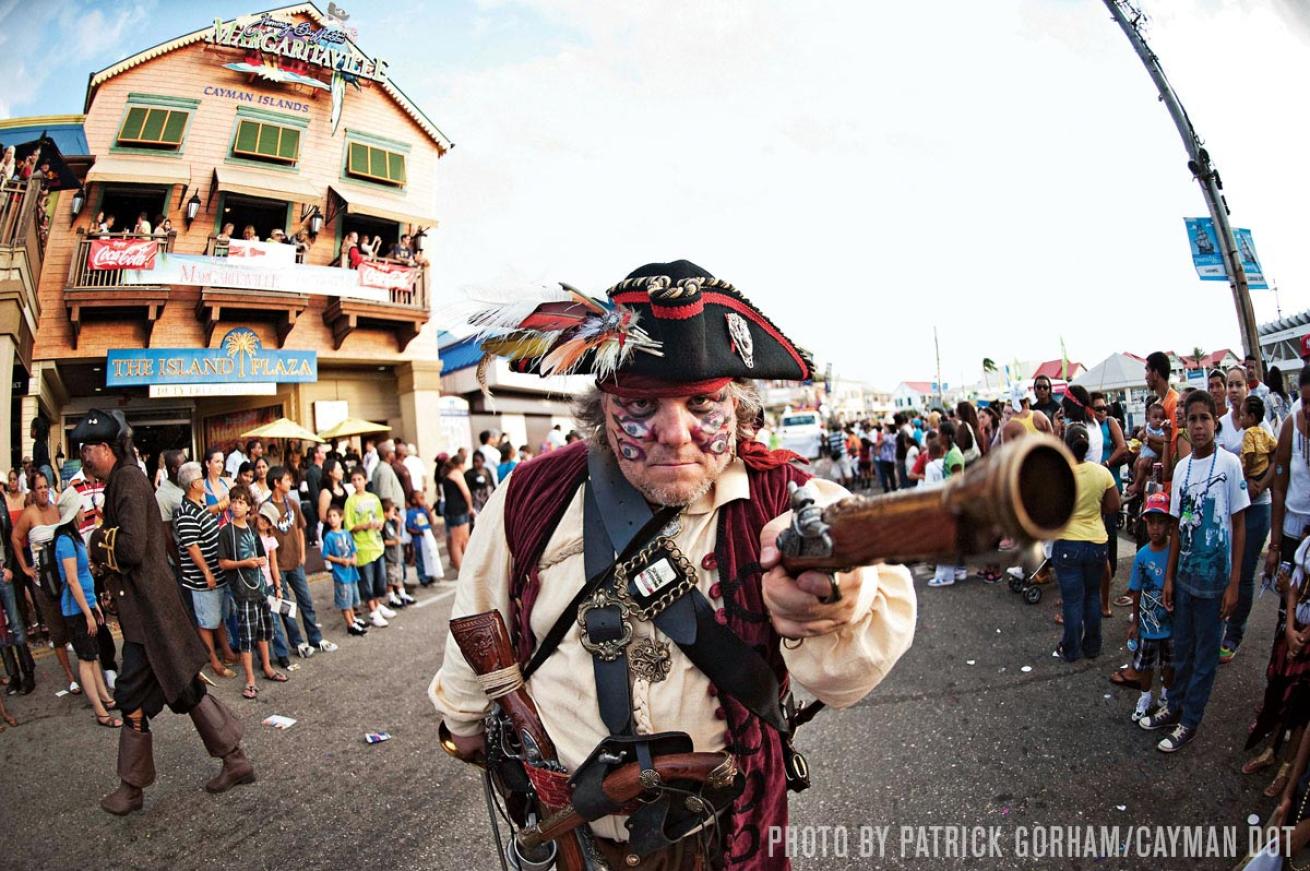
Patrick Gorham/Courtesy Cayman DOTBeware the buccaneers on Grand Cayman during Pirates Week.

Brandon ColeCozumel's colorful walls echo the island's vibrant Carnival party.

Robert FriedAloha Festivals began in 1946 to celebrate Hawaii's history and traditional music and dance.
There’s nothing worse than arriving at a dive destination and hearing guides describe the amazing eagle ray encounters they had — last week — and aren’t predicting to happen again. That’s the thing about travel. If you want to be a part of the best time ever, be it dancing in the streets during Carnival or taking a selfie with a whale shark, you’ve got to know when to show up. So read on. Make this the year you arrive just in time for all the parties, festivals, spawning, migrations and everything else happening all year long on this blue planet.
January — Bahamas
“I call it the magic moment,” says Arlene Nash Ferguson, director of culture for the Bahamas government, of her favorite part of Junkanoo, the street parade that rushes through Bahamian streets on Christmas and New Year’s Eve nights. Says Ferguson, “It’s that split second before the drums roll over and you’re in heightened anticipation, knowing this powerful music will burst forth at any second.”
The festival is an amalgamation of West African traditions and starts on Boxing Day, Dec. 26, generally from 2 a.m. to 10 a.m. And it happens again on New Year’s Day. “What makes us unique,” says Ferguson of Junkanoo, “is that we make our own music as we are parading.” Revelers set the party mood by sounding goatskin drums, locally made cowbells, and lots of whistles and horns.
As for costumes, Bahamian tradition dictates that they be made of paper. “You can’t purchase them — we make them ourselves, and it takes months,” says Ferguson.
After Junkanoo, it’s best to wait a day before hopping on a dive boat. So says Pamela Christman, part of the reservations team for Stuart Cove’s Dive Bahamas on Nassau. “We definitely have bigger numbers on Jan. 2 than on Jan. 1,” she says, adding, “Those who dive with us on New Year’s Day aren’t participating in that kind of thing.”
No matter when you dive, one thing remains the same. “Visibility is at its best with the cooler water,” says Christman, estimating it at 100 feet and greater. “And as far as animal life, nothing changes.” On the reef dives, that means stingrays and goliath grouper; on the feeding dives, that means starting 2017 alongside 30 Caribbean reef sharks.
stuartcove.com; bahamasjunkanoocarnival.com
February — Cozumel, Mexico
“In all the streets, you see dancing,” says Pablo Aguilar of Cozumel’s weeklong Carnival celebration, held in the city of San Miguel on Feb. 22-28, 2017. Schools and offices shut down, but tourist-centric businesses such as restaurants stay open — which is ideal, given how many street-side eateries serve as great viewing spots. Many hotel staff members will invite guests to ride in cars that they drive in the parade.
“It’s a big party, just in the downtown,” says Aguilar, adding that around 5 p.m., the kicking up of heels begins. That’s right, the celebration starts early enough for divers who want to participate and still catch the next day’s morning boat. And it’s Aguilar’s favorite time of year for two reasons.
“There’s no cost,” he says, which leads to the next reason. “Everyone participates here — even kids, even tourists,” says Aguilar, adding that the event is family-friendly, and safer than Carnival in more populated locales.
Because of this, hotels fill quickly; Aguilar recommends reserving at least three months in advance. During Carnival, as things heat up in the streets, they’re cooling off on the reefs — literally. Water temperatures drop, ushering in pelagics preferring the colder water.
“It’s the best time of year for eagle rays,” says Raymundo Ake, divemaster with Scuba Club Cozumel, an on-the-water dive hotel and tour operator a mile south of downtown San Miguel. “In February, you won’t see them on every dive, but you will see them once a day.”
They’re especially common at sites along the island’s southern tip, such as Punta Dalila, Paso del Cedral, La Francesca, and a handful of deeper sites like Punta Sur. Here, Ake often sees them flying solo or in schools of three.
It’s the kind of sighting that makes for a good end to the dive day before readying for a party timed exactly as you’d expect for a scuba-loving island. scubaclubcozumel.com
March — Indonesia
Nyepi is silence — 24 hours’ worth. It’s the Hindu observance of the Balinese New Year, which falls on March 28 in 2017. For some travelers, this daylong shutdown of everything, including the airport, is a hassle. For others, it’s a cultural fascination. If Nyepi offers complete silence, however, the nighttime festivities from the day prior offer anything but.
“People walk the streets banging pots and pans to scare evil spirits,” says Jenny Collister, owner of Reef and Rainforest Dive and Adventure, and former Bali resident. “The noise is mind-blowing.”
The evening culminates on the beach, where papier-mâché effigies of demons are burned.
Afterward, travelers must return to their hotels. The next day, nobody, not even non-Hindus, is allowed on the beaches or streets. “This is a very special day in Bali,” says Made Pering, a tour guide based in Ubud. “The energy is very different — you can feel the spirits.”
After Nyepi in Bali, Collister recommends the Raja Ampat Islands, a cluster on the country’s eastern border best visited October through March, for flatter seas and greater visibility.
These islands are famous for the most diversity of fish species in the world. “And numbers — just plain numbers,” says Collister, emphasizing that the area offers both diversity and volume.
Collister especially recommends Misool for its manta dives, pinnacles and walls. “I was diving a wall there that, when the current picked up, I couldn’t find a handhold because it was so full of life.”
April — Thailand
Water guns, water balloons and buckets of water are fair game on Songkran, the Thai New Year’s celebration and nationwide water fight April 13-15. The Thai believe the ritual cleanses the spirit of the past year of wrongs and bad luck. It’s also a good excuse to get rowdy with strangers.
“Only monks, babies and the elderly are given a free pass,” says blogger and world traveler Sacha El-Haj, who joined the soaking in Chiang Mai, a northern Thailand city considered one of the best places to experience the street festival.
She points out that, typically, Thai people are reserved, but during Songkran, everyone becomes more vocal, boisterous. “It’s a time to really let go and take down barriers, if just for a few days,” she says.
In the dive world, April also marks the end of a season. It’s the last month of high season, noted for warm, dry weather.
It’s also prime time for whale shark sightings, especially among the Similan Islands in the Andaman Sea, off Thailand’s west coast. This area is the target for scuba liveaboard Thailand Aggressor during its northern itinerary, traveling nearly to the Myanmar border to dive Richelieu Rock, one of the most famous spots in the country for corals as well as its big dotted sharks.
“There’s so much color and so much going on that, even apart from the whale sharks, you could dive that area for an entire week and not get tired of it,” says Tom Gebhardt, manager for the Aggressor fleet of liveaboards.
But, you will likely see whale sharks. “You can’t see the big ones the size of semi trucks all the time, but you will see several small ones,” says Gebhardt.
When asked which whale shark encounter has been a favorite, Gebhardt laughs. “I can tell you that every single encounter with a whale shark is something you never forget.”
May — Maui
To mainlanders, perhaps the oddest part of the Maui Onion Festival, celebrated the first weekend of every May, is the onion-eating contest.
“I think most people are surprised to know you can eat Maui onions raw without tearing up and having that normal onion experience,” says Charlene Kauhane, who handles public relations for Whalers Village. The seaside shopping plaza hosts the daylong main event on Saturday, after a dinner featuring Maui onions, at Hula Grill Kaanapali in Lahaina.
The highlights of the main event are cooking demonstrations where top chefs from throughout Hawaii present dishes with the feted vegetable, which the crowd gets to sample. Hula, live jazz and stilt-walking performances round out the day.
For divers, the entire month is ideal — it’s the shoulder season, so expect nonexistent crowds and better deals on airfare and accommodations.
Plus, there’s one big highlight near the month’s end. Hawaii is home to 50 coral species, each spawning different times of year and day, but two happen predictably in May. Cauliflower and antler corals release a smoky spawn, with the middle day packing the greatest odds.
What’s most unusual is that corals in Hawaii spawn during daylight. Pauline Fiene, owner of scuba charter company Mike Severns Diving, has studied the spawns for 28 years. To see the event, she and her team take guests to Molokini, a submerged crater 15 minutes by boat from Maui’s southwest coast.
The reef starts 10 feet below the surface and drops to 150, and it’s covered with these corals. Says Fiene, “When half the colonies are spawning, you can’t even see the person next to you — it can be a whiteout.”
June — Belize
It’s all about the lobster here: lobster barbecues, lobster curries, lobster ceviche. When it’s lobster season in Belize, an event passport buys entry to several nightly parties, where the beach is set up with tent after tent of chefs unleashing imagination. And it’s held at three locations.
Lobster season in Belize opens on June 15 and closes February 15. The longest will be on Ambergris Caye, an island just south of the Mexico border. Then the event moves to Placencia, a town on the country’s southern coast. The last weekend celebration is on Caye Caulker, a spit of sand south of Ambergris Caye.
“Year after year, the fusion of local with international flavors gets even more creative,” says Noriko Gamero, of the Belize Tourism Board, rattling off more dishes, such as lobster-stuffed jalapeños and lobster served with mango chutney.
“It’s a time when everybody comes out,” says Gamero. “So for travelers, it’s a great time to meet, mingle and share stories with locals.” In addition to the big food festival in Placencia on land, June sees the end of one at sea. Whale shark season along the Mesoamerican Barrier Reef is March through June, with sighting windows starting anew with each full moon. The sharks arrive to feast on snapper spawn, typically lingering locally for the next eight to 10 days.
“We had to go out of the zone, but for the past two years, every day we had encounters,” says Patricia Ramirez, owner of Splash Dive Center, referring to traveling beyond the Gladden Spit Marine Reserve 22 miles from shore. “We find them among the tuna.”
Ramirez also points out that diving in Belize isn’t just about whale sharks. She also runs tours to Glover’s Reef, Grand Channel and a handful of other epic sites — more than enough for divers to work up a big appetite each day. travelbelize.org; splashbelize.com
July — French Polynesia
The most famous, most popular events in French Polynesia are the annual Heivas — organized song, dance and sporting competitions held throughout French Polynesia in summer. Come July, they’re held on Bora Bora.
During the dance displays, as many as 100 performers move together — the men and women each enacting different choreographed, gender-based roles, telling stories from Polynesian folklore.
“Each dance is kind of a fairy tale,” says Julien Pithois, former staff at the St. Regis Bora Bora.
The accompanying music brings together ukuleles, guitars, nasal flutes and other traditional instruments. “Sometimes the music is sweet, and sometimes it sounds like war — as if you’re going off to fight,” says Pithois.
Regardless of the mood onstage, the dances draw out the locals. “People in Polynesia are very proud of their roots, and they go every year to watch at least one show,” says Pithois.
Also passing through Tahiti each year to perform a dance of their own are migrating humpbacks that spend roughly five months in the warm waters to breed and give birth.
Dive shops on the islands of Tahiti, Moorea and Rurutu offer the best odds of sightings on whale-watching snorkel day trips. Top Dive, a PADI Five Star Dive Center with several locations throughout French Polynesia, offers three-hour tours leaving Tahiti.
“I don’t know how to explain all the emotion you feel when you swim with humpbacks,” says Sebastien Guilloux, sales manager for the Top Dive location in Tahiti. “It can be a little scary because they come so close to you,” says Guilloux. “But then it’s just magical — nothing else compares.”
August — St. Lucia
“We always joke that nobody actually knows that chocolate grows on trees,” says Karolin Troubetzkoy. She would know. She’s the executive director of Jade Mountain and Anse Chastanet resorts on St. Lucia, which, combined, are home to 2,500 cocoa trees.
During St. Lucia’s annual Chocolate Heritage Month in August, guests partake in five-course chocolate-themed dinners, chocolate wine tastings and cocoa-farm tours. Chocolate also appears at the spa, with chocolate facials and massages.
True chocoholics should join Anse Chastanet’s Emerald Estate Tour, which focuses on the roasting, fermentation and sun-drying processes at this tree-to-bar chocolate maker.
August’s underwater highlight at Anse Chastanet’s shallow house reef is a coral spawn roughly a week after the first full moon of the month.
“It happens all at once — poof — like dried dandelions blowing in the wind,” says Scott Kerr, the resort’s adventure sports manager.
The next evening, ruby brittle stars descend on the reefs for an encore performance. “You see 30 brittle stars on top of each other, laying on everything they can find,” says Bernd Rac, former manager of the dive shop. “Then they stand up on their five legs and pump the eggs into the water column.”
ansechastanet.com scubastlucia.com
September — Oahu
It’s Hawaii’s largest block party. Every September, as part of Oahu’s Aloha Festivals, the annual Waikiki Hoolaulea takes over Kalakaua Avenue in downtown Honolulu, with live music on several stages, vendors selling locally made crafts and leis, and food booths dishing up Hawaiian eats such as Chinese-style barbecue ribs, teriyaki chicken, shaved ice, Kalua pig and a sashimi salad known as poke.
It’s a free event, as is the floral parade in late September, featuring horseback riders, bloom-decorated floats, hula troupes and local marching bands to celebrate the island’s heritage.
As the Aloha festivals progress all month, offshore, it’s one of the busiest times for whale sightings.
“When people think of whales, they usually think of humpbacks,” says Tori Tullins, owner of marine wildlife charter company Sail Hawaii. But the humpbacks don’t arrive here until early December.
Rather, September sees the highest sightings of sperm whales, and now, thanks to the efforts of the Cascadia Research Collective, many of the whales carry radio tags.
“It’s not such a needle in a haystack when the radio tags tell us right where they are,” says Tullins. And when they’re spotted, they are often groups of females coming to Oahu to nurse in deeper water “Of course, you will see males following them in,” says Tullins.
September is also prime viewing time for pilot and false killer whales — perhaps none too surprising given that Hawaii sees 18 species of toothed whales. Granted, it’s a watching experience only, but that doesn’t mean you won’t be swimming with cetaceans; spinner dolphins play just offshore year-round.
alohafestivals.com; diveoahu.com
October — Fiji
Fiji Week, ending Oct. 10, celebrates the country’s independence from British rule. You’ll see it celebrated with barbecues, song and kava ceremonies. Later in the month, as Americans gear up for Halloween,Hindus in Fiji prepare their own colorful costumes and sweet treats for the religious festival Diwali— the five-day Festival of Lights — which starts on Oct. 18. This ritualistic holiday is mostly observed among family, so the best way to partake in the festivities is by booking a home stay through an accommodations website.
Sheemal Sharma, whose parents own two properties in the capital city of Nadi, plans to invite guests to join her family as they make sweets for the festival. On the night of Diwali, observers dress in bright hues and decorate their doorsteps with flower garlands, candles, chalk, colored rice or LED lights to honor Lakshmi, the Hindu goddess of wealth and prosperity. “We have our neighbors, friends and other non-Hindus over to enjoy sweets,” says Sharma. Fireworks are common all night, with eager celebrants lighting them off before sundown.
For divers, the best news of this somewhat rainy month marking the end of the main dive season is that it’s the best time to see whales. Johnny Singh, marine biologist at Jean-Michel Cousteau Resort on Vanua Levu, says triggerfish also nest this month.
The nests stretch 6 feet across and resemble craters; in the middle, you’ll find the gelatinous orange egg case. “Just don’t get too close,” says Singh. “They literally dart toward you with their sharp canine teeth.”
It’s also bull shark mating season. To join Beqa Adventure Divers for its shark feed, you’ll depart from its scuba center in Pacific Harbour, a town on the main island’s south coast.
fiji.travel; fijisharkdive.com
November — Grand Cayman, Cayman Islands
What you wear almost never matters in the lower latitudes — except during Pirates Week on Grand Cayman. The best-dressed buccaneers earn a seat on the ship that attacks George Town’s Grand Harbour, capturing the governor as part of the opening ceremonies of this 10-day event, held in November.
Costumes are a big part of this festival, drawing groups like the Seattle Seafair Pirates, which began as a drinking club before banding together to perform at events and charities.
“Don’t expect plastic knives — this group has real broadswords and leather costumes,” says Keith Sahm, general manager of Sunset House, a hotel and dive center just south of downtown.
Sahm’s favorite part of the celebration is when a mock attack descends on My Bar, Sunset House’s open-air pub. “Our guests dress in pirate regalia to defend it,” says Sahm. “And there’s a lot of grog.”
To be one of those guests, or a guest of another on-island property, Sahm recommends making reservations eight to nine months out.
The reward: live music, street parades and huge fireworks displays, plus a marathon and ocean swimming events. Also, each community celebrates with a separate heritage day, honoring the recipes unique to that township.
And of course there’s diving. Much of the entertainment falls during evenings, so you won’t sacrifice too many reef swims. You might even log more than you would on a typical dive trip. Given how many travelers are on island during this time, there’s no shortage of buddies.
One not-to-miss night dive is with the 600-pound Amphitrite, aka Mermaid, keeping watch in the shallows in front of Sunset House. She was sunk in November 2000, making this her birthday month.
December — Jost Van Dyke, British Virgin Islands
The Old Year’s Night party on Jost Van Dyke might have been started by restaurateur Foxy, owner of Foxy’s Tamarind Bar, but it has grown to become islandwide, attracting some 6,000 revelers and 900 yachts in 2014. And this party is no sprint to midnight — it starts Dec. 29. On New Year’s Eve, get ready for a full day.
“The party begins at breakfast as boats arrive, followed by a barbecue on the beach all day,” says Cindy Jones, events coordinator for BVI Tourism. Come night, live bands, DJs and even a blow-up pool on the shore maintain the festivity’s momentum.
“It’s at every establishment,” says Colin Aldridge, owner of Jost Van Dyke Scuba. “We stay open until 4 a.m.” Aldridge’s team sets up a bar at the dive shop, using the space as a gathering spot for friends. Last year, 200 of Aldridge’s customers from the year camped on his beach, where he set up a smoker, grilled lobster and fed them fish.
It’s an event Aldridge hasn’t missed once in the 27 years he’s been diving Jost. “It’s an opportunity to see people from all over the world — sailors and divers and interesting travelers who choose Jost,” he says. “It’s like Mardi Gras, but there’s no crime and no fights; instead, everyone is swimming in the ocean in the middle of the night, and it’s just magic.”
After you’ve slept off the party, Aldridge will show you what magic lies underwater. The water gets cooler, bringing in schools of small blackfin and false albacore tuna. The currents running from Anegada Reef sweep in closer to the island, bringing in these fish — and bottlenose dolphins hungry to feed on them. Because of this, Aldridge estimates that three out of five dive tours in December encounter dolphins underwater, especially at sites such as Cathedral, Rocks and Beans, and Secret Oasis — a seamount west of Jost rising from 130 to 70 feet. Here, dolphins are just the beginning; this football-field-size site is home to gray snapper, horse-eye jacks, African lookdowns, pompanos — the list is endless, just like the New Year’s party.

